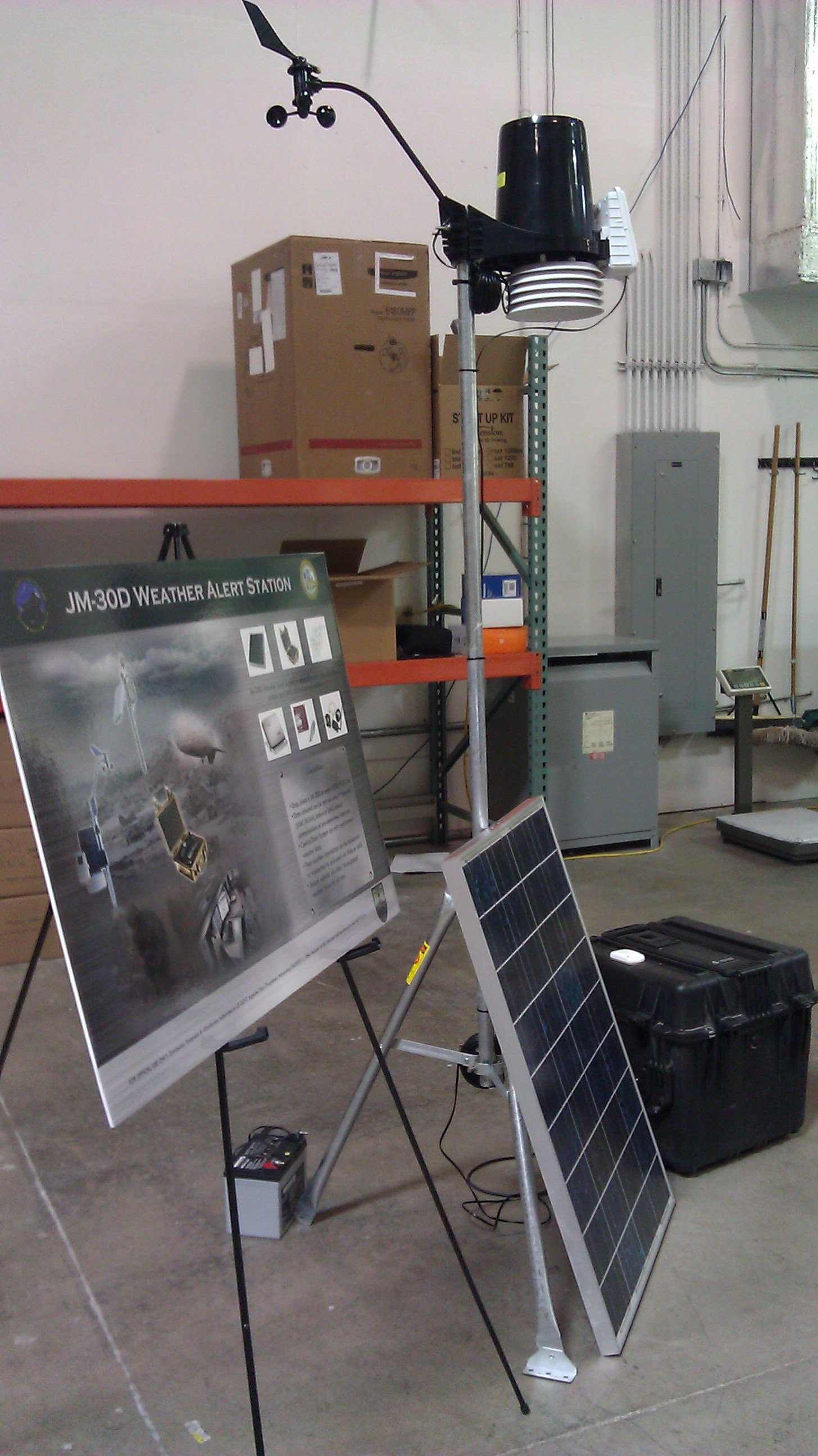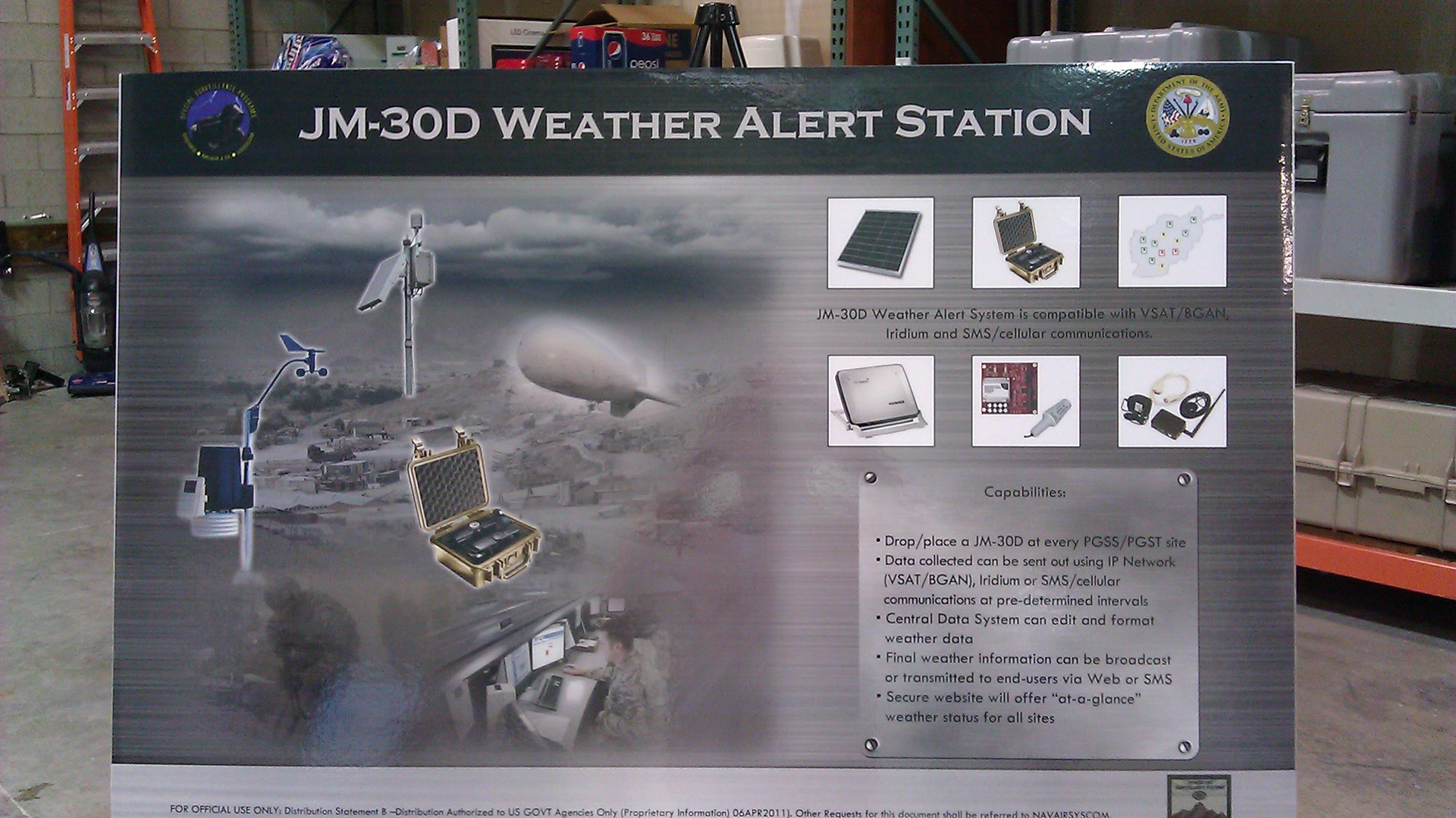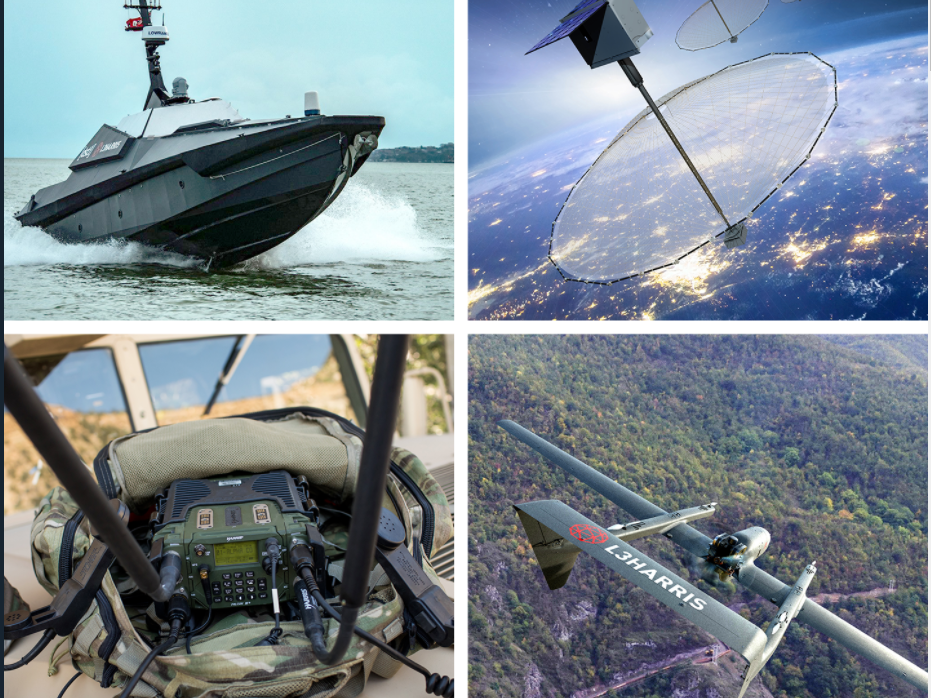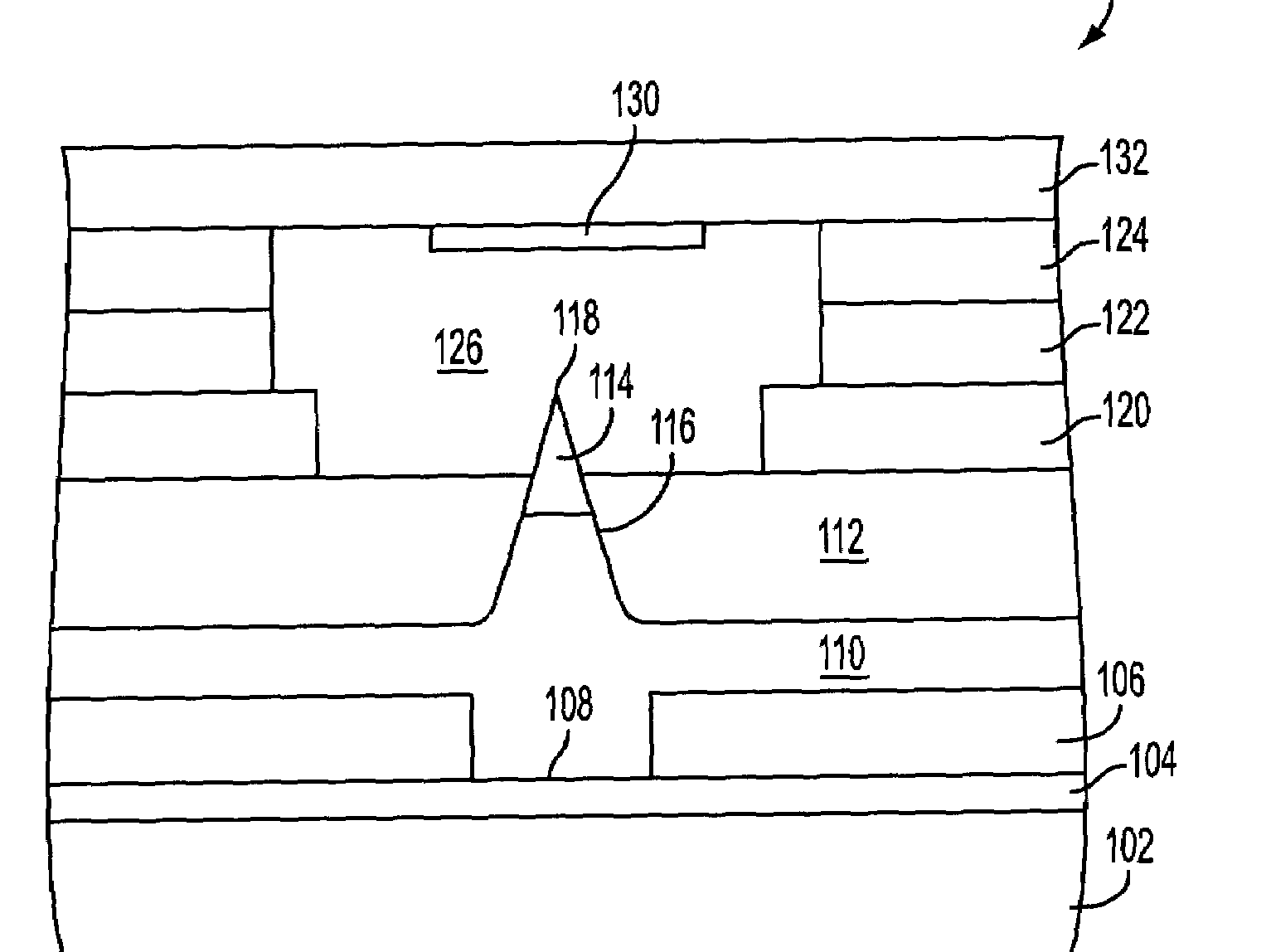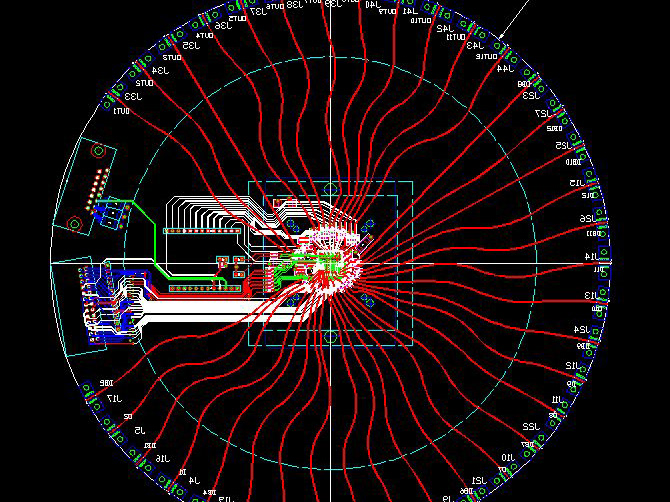By 2009, I was looking for a change. I loved the people and academic environment of Arizona State University, but I also wanted to broaden my experience and try something new. An old friend from my days at Motorola had just joined a team working on a project for Navy SOCOM, Special Surveillance Programs. He convinced me to come and visit one of the contractors, STARA Technology, in Scottsdale, Arizona. I met with the owner, Colin McCavitt, and after speaking with him, I was hooked. I started my new job two weeks later.
Colin's company was part of a rapid fielding initiative for technologies to protect soldiers and forward operating bases (FOB's) in Iraq and Afghanistan. Immediately after joining STARA, I helped design and build the very first prototype surveillance tower (PGST), working primarily on the fiber optic network and the video encoding systems.
Next, the Navy sent me all over the country to the manufacturers of every subsystem on the surveillance balloons. I worked with engineers at Johns Hopkins University Advanced Physics Lab (JHUAPL) to learn their custom electronics, FLIR and Wescam to learn about their optical and IR cameras, T-Com to learn everything about the balloons themselves, the mooring platforms/support systems, and many other vendors as well. After six months of training, I deployed to Afghanistan as a Field Service Engineer.
I was immediately thrown into the action. I set up, operated, and repaired surveillance balloons and towers in combat conditions, often under direct enemy fire. The six months I spent in Afghanistan were some of the most harrowing and rewarding experiences of my life.
Small Aerostat Disaster Recovery balloon with 28M in the distance
Upon returning from Afghanistan in 2011, my Navy boss asked if I could take what I had learned and "re-tool" the technology for disaster relief. Over the course of a few weeks, I created a detailed plan that would use a small, tethered, aerostat balloon to carry a payload consisting of a lightweight EO/IR camera, a 50W VHF repeater, and a powerful Cisco WiFi access point. In the event of a disaster, this aerostat could be launched quickly and provide a circular "bubble" of communications two miles in diameter, while also providing a persistent capability for rescue workers to search a large area with high resolution video cameras.
The Navy liked my proposal, and gave me the budget to build and test a prototype, as well as hire a team of five technicians to help me realize this dream. The completed prototype was a huge success, and after testing in the U.S., the Navy sent us around Asia for the next 18 months to demonstrate the capability.
We participated in the Crimson Viper disaster response exercise in Thailand, and we were asked to return several times to demonstrate the system to several government organizations and branches of the military.
During my time at STARA, I also designed and built a prototype of a completely self-contained weather station, the "JM-30D". I used mostly off-the-shelf components, including a commercial Davis weather station. However, I integrated the station with a solar panel, batteries, charge controller, embedded computer running a web server, cellular and Iridium satellite modem, and custom software. I used Python script to have the weather station report conditions and location via SMS message and Iridium message to an online data collection system. If the station identified enough bandwidth, then the web server could be accessed, which had a map showing the clickable location of other similar weather stations in the region. The prototype was fully functional, and the system went into production with a few modifications.
JM-30D Weather Alert Station prototype

Small Aerostat testing, Thailand
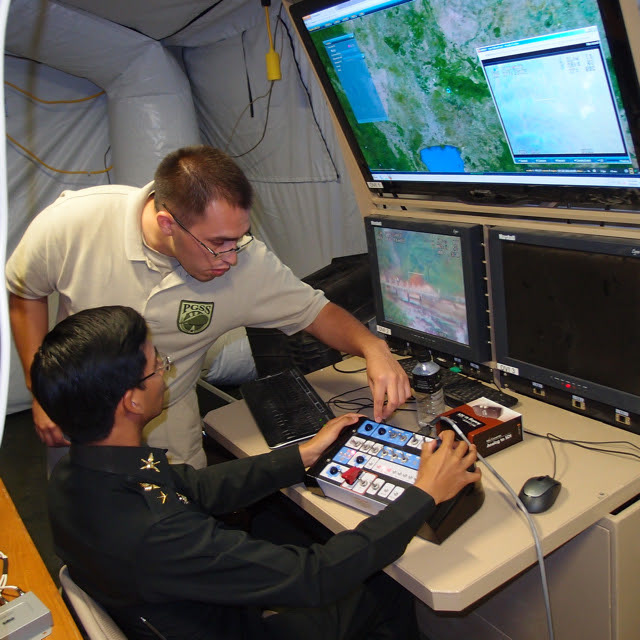
Mobile control center, Thailand

Testing in Arizona
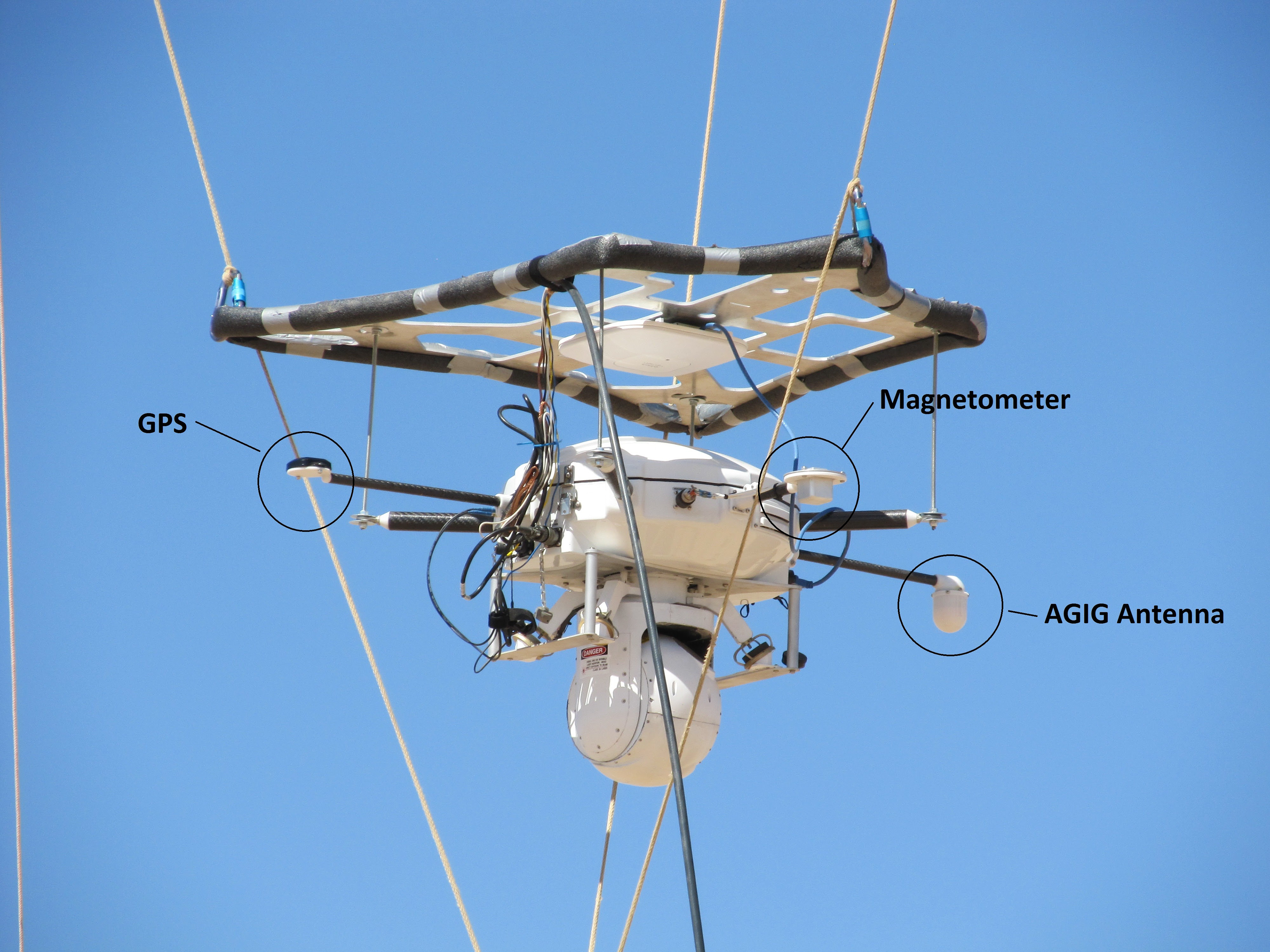
Details of the balloon payload
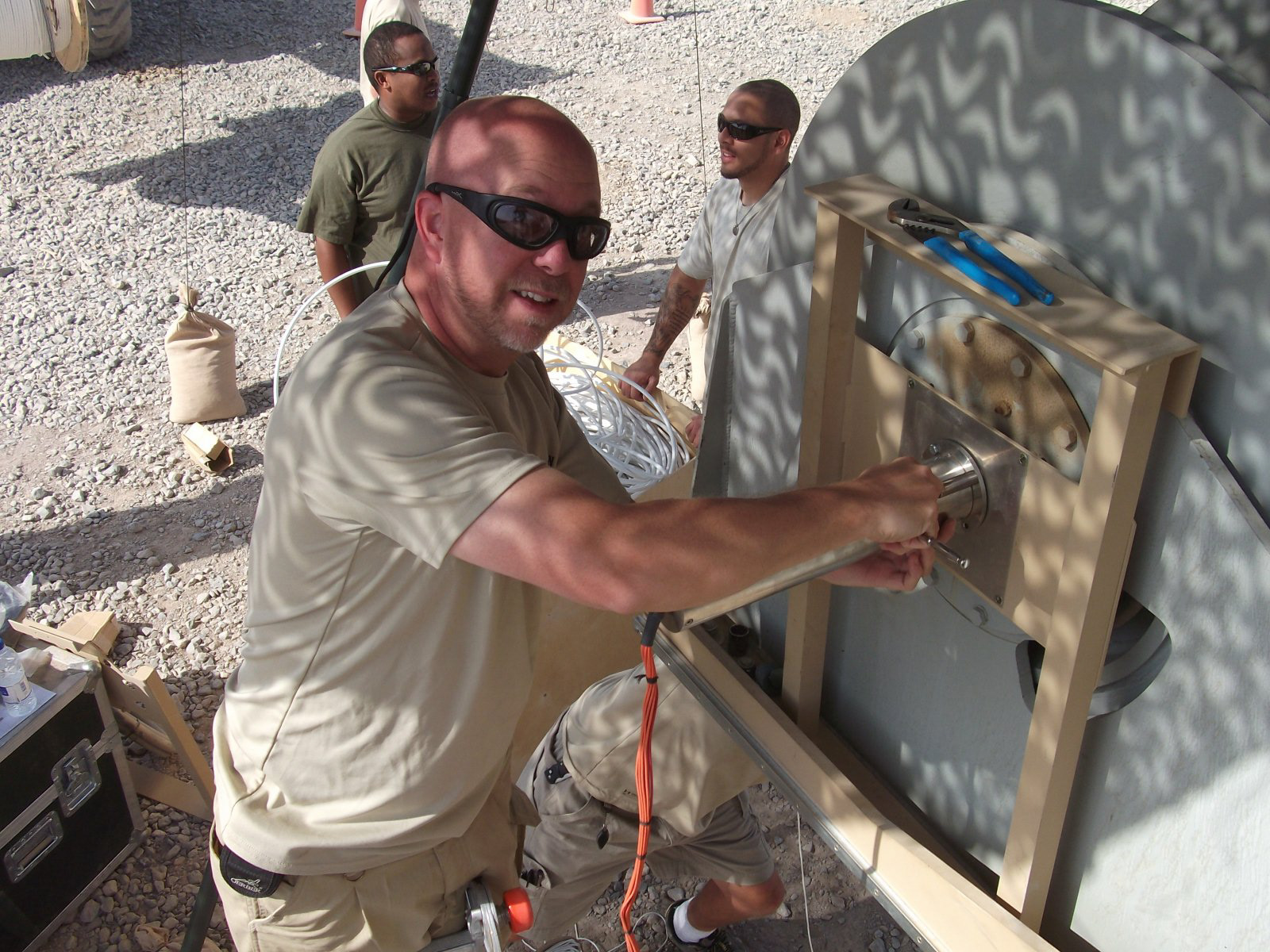
Repairing Fiber Optic Rotating Joint, Afghanistan

Testing during military exercise, Thailand
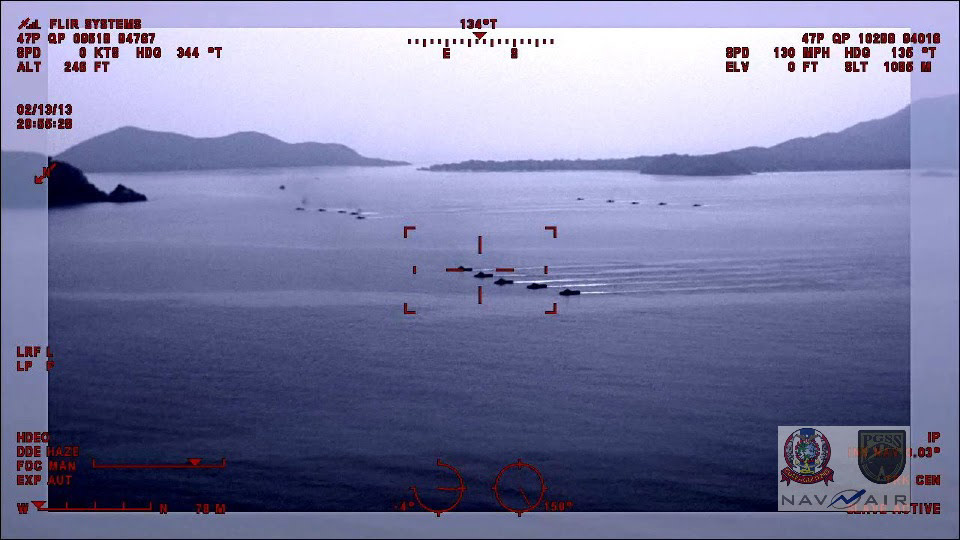
Testing during military exercise, Thailand
